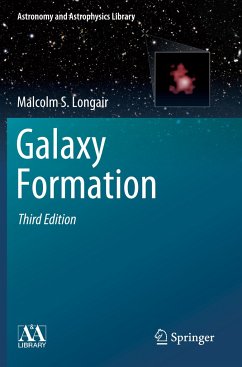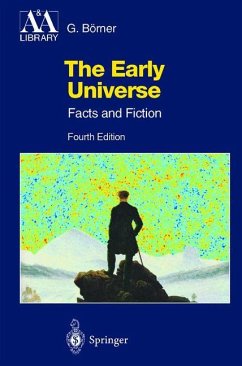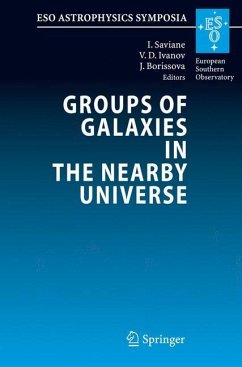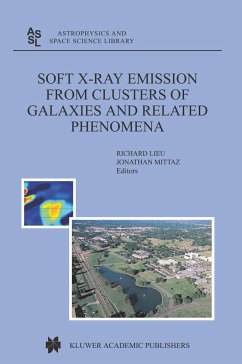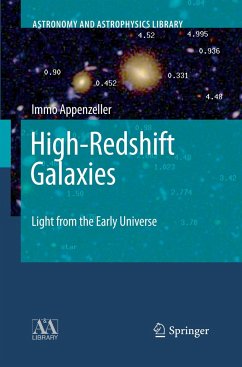
High-Redshift Galaxies
Light from the Early Universe

PAYBACK Punkte
43 °P sammeln!
The high-redshift galaxies became a distinct research ?eld during the ?nal decade of the20thcentury. AtthattimetheLyman-breaktechniquemadeitpossibletoidentify signi?cant samples of such objects, and the new generation of 8 to 10-m telescopes resulted in ?rst good spectroscopic data. Today the high-redshift galaxies have developed into one of the important topics of astrophysics, accounting for about 5-10% of the publications in the major scienti?c journals devoted to astronomy. Because high-redshift galaxies is a rapidly developing ?eld and since new results are published constantly, writing a...
The high-redshift galaxies became a distinct research ?eld during the ?nal decade of the20thcentury. AtthattimetheLyman-breaktechniquemadeitpossibletoidentify signi?cant samples of such objects, and the new generation of 8 to 10-m telescopes resulted in ?rst good spectroscopic data. Today the high-redshift galaxies have developed into one of the important topics of astrophysics, accounting for about 5-10% of the publications in the major scienti?c journals devoted to astronomy. Because high-redshift galaxies is a rapidly developing ?eld and since new results are published constantly, writing a book on this topic is challenging. On the other hand, in view of the large amount of individual results now in the literature, and in view of the still growing interest in this topic, it appears worthwhile to summarize and evaluate the available data and to provide an introduction for those who wish to enter this ?eld, or who, for various reasons, might be interested in its results. The endof the ?rst decade of the 21st century appears to be a good point in time to attempt such a summary. The current generation of ground-based 8 to 10-m - optical telescopes, the Hubble Space Telescope, and the most important large radio telescopes have by now been in operation since about one or two decades. Although these instruments will continue to produce important scienti?c results for some time to come, many of the initial programs exploiting their unique new possibilities have been completed.





